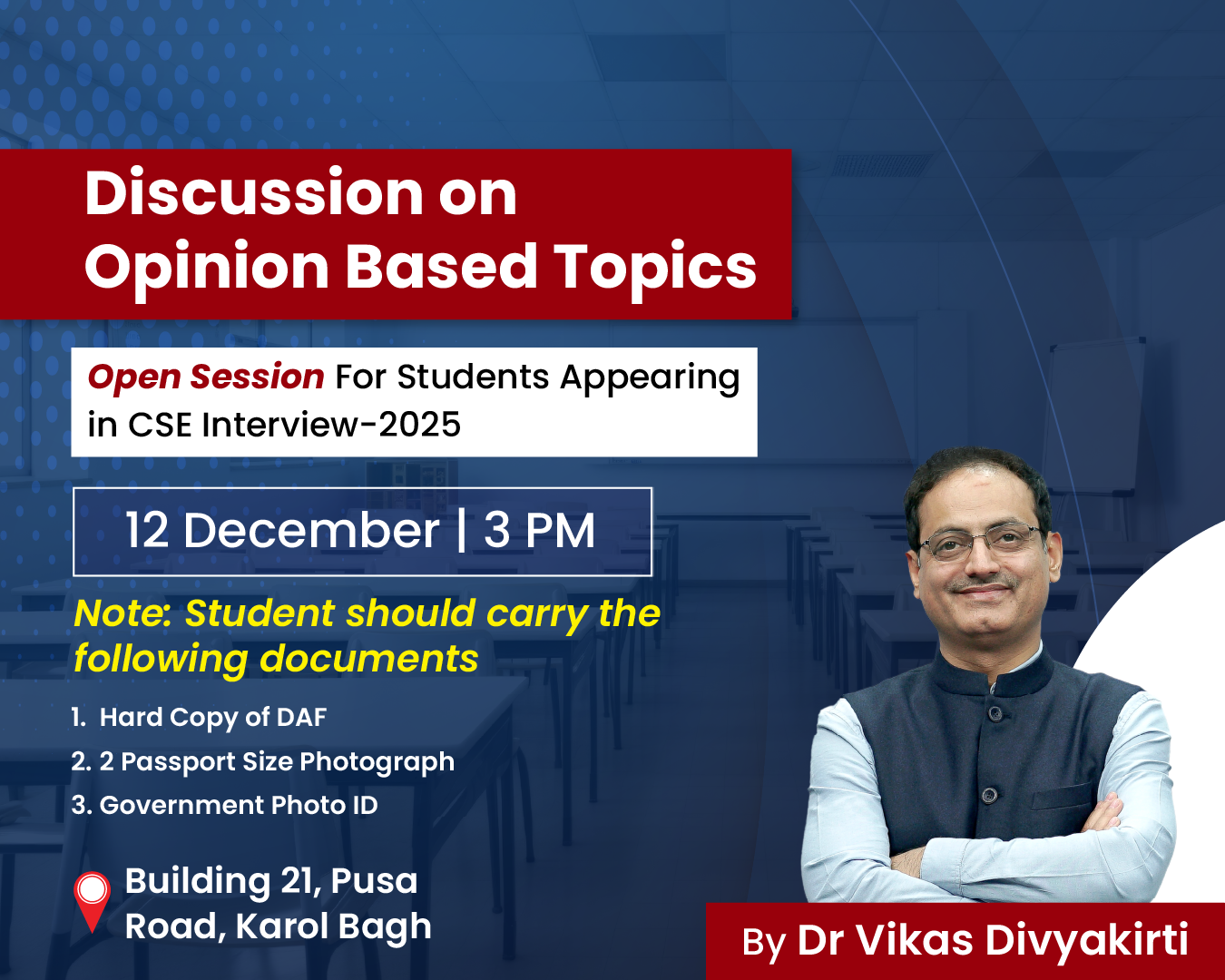-
18 Jun 2025
GS Paper 1
History
Day 3: “The engagement of women in the Indian freedom struggle served as a foundation for post-independence gender reforms.”Analyze this continuity and its limitations. (250 words)
Approach :
- Briefly explain the role of women in the Indian freedom struggle.
- Establish the continuity of this engagement in the post-independence gender reform movements.
- Critically examine the limitations of this continuity.
- Conclude with a scholarly comment.
Introduction
From symbolic figures of the nation to active participants in mass movements, women played a vital role in reshaping nationalist discourse. Their participation created political awareness, disrupted patriarchal norms, and laid the ideological foundation for post-independence gender-sensitive legal and institutional reforms.
Body:
Role of Women in the Freedom Struggle
- Women participated across diverse spectrums—mass movements, underground revolutionary activities, and leadership roles.
- During the Non-Cooperation Movement (1920) and Civil Disobedience Movement (1930), thousands of women picketed shops, courted arrest, and organized boycotts.
Example: Kasturba Gandhi and Rajkumari Amrit Kaur played key roles in mobilizing women across provinces. - Revolutionaries like Kalpana Dutt, Bina Das, Pritilata Waddedar, and Durgawati Devi directly challenged colonial rule with arms and subversion.
- Aruna Asaf Ali became the face of the Quit India Movement (1942) by hoisting the national flag at Gowalia Tank.
- Organizations such as the All India Women’s Conference (AIWC), founded in 1927, began linking nationalism with social reform, including education and legal rights.
Post-Independence Gender Reforms:
- The Constitution of India (1950) enshrined equality before law (Article 14), non-discrimination on grounds of sex (Article 15), and equal opportunity in employment (Article 16).
- Hindu Code Bills (1955–56) revolutionized women’s rights in inheritance, divorce, and marriage. Though controversial, they were a landmark in codifying women’s legal status.
- Rise of women’s organizations like SEWA (1972) and Mahila Samakhya Programme (1989) empowered rural and working-class women.
- 73rd and 74th Constitutional Amendments (1992) reserved 33% seats for women in local governance, furthering their political participation.
- National policies on women (2001, 2016) focused on education, health, and economic inclusion.
Limitations and Challenges in Continuity
- Representation Gap: Women comprise only 14.6% of the Lok Sabha (2024)—far below global standards.
- Legal Gaps: Gender-biased personal laws continue in many religious communities.
- Persistent Patriarchy: Crimes against women remain high—The National Crime Records Bureau (2022) reported over 4 lakh cases of crimes against women, including domestic violence, dowry deaths, and sexual assault.
- Urban-Biased Feminism: The women’s movement post-independence has often been critiqued for being urban-centric, leaving out Dalit, Adivasi, rural, and minority women.
- Tokenism: While reservation in Panchayats has increased women’s visibility, many remain proxies for male relatives, lacking real decision-making power.
Conclusion
As historian Geraldine Forbes notes, “The participation of Indian women in the freedom struggle was not an endpoint but a powerful beginning.” To fully realize the ideals set during the nationalist movement, India must go beyond legal reforms to challenge deep-rooted patriarchal structures, ensuring substantive equality and empowerment for all women.





